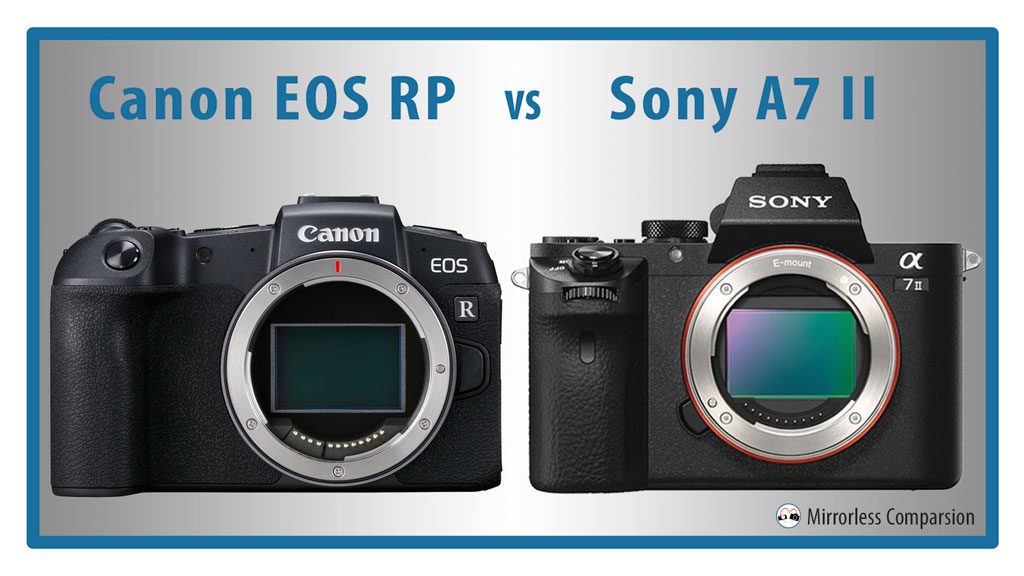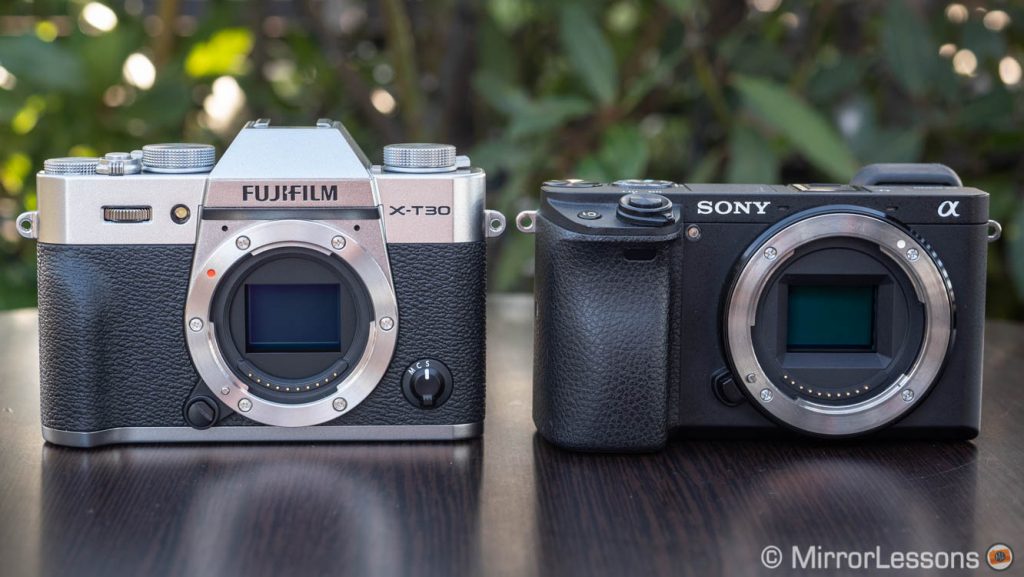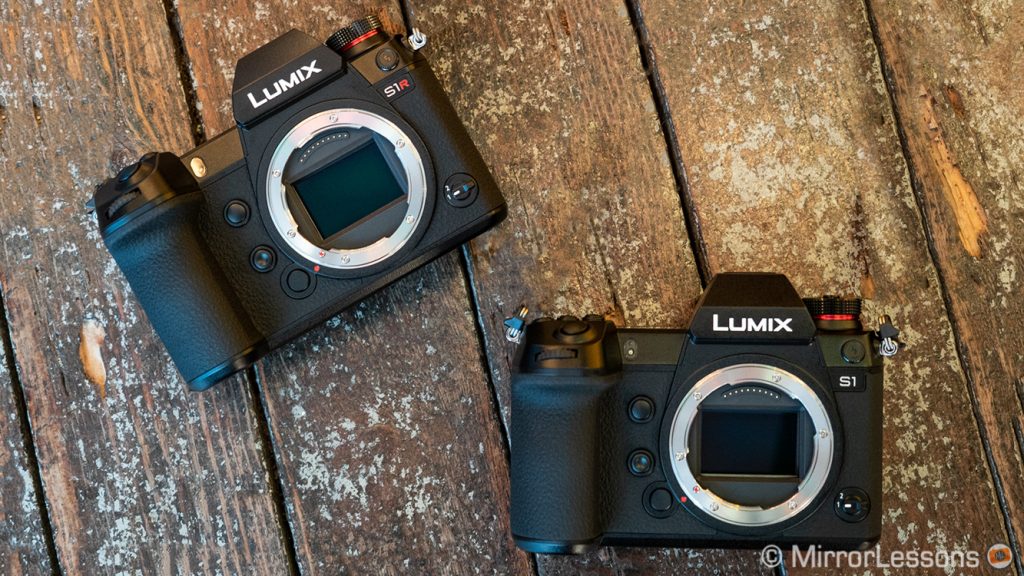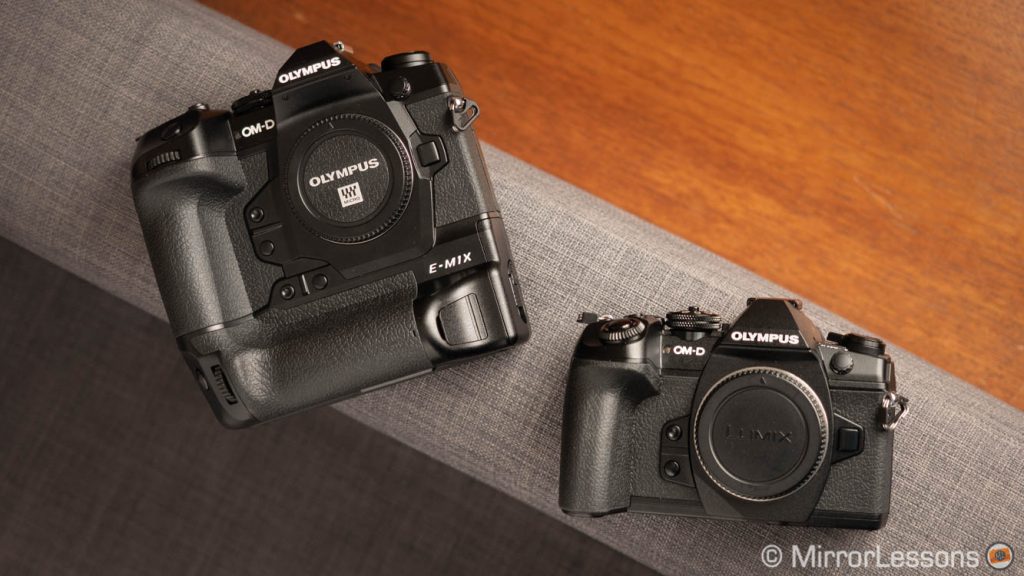In order to expand its new full-frame mirrorless system as quickly as possible, Canon decided to release a competitively-priced second body after the announcement of the EOS R last year. This camera, dubbed the EOS RP, may not feature the most attractive specifications, but its price (which will certainly decrease in the future) could make it a very attractive offering on the market.
If we had to pick a direct competitor, we’d go straight for the four-year-old A7 mark II, which Sony now classifies as a mid-range model in the full-frame E-mount series.







